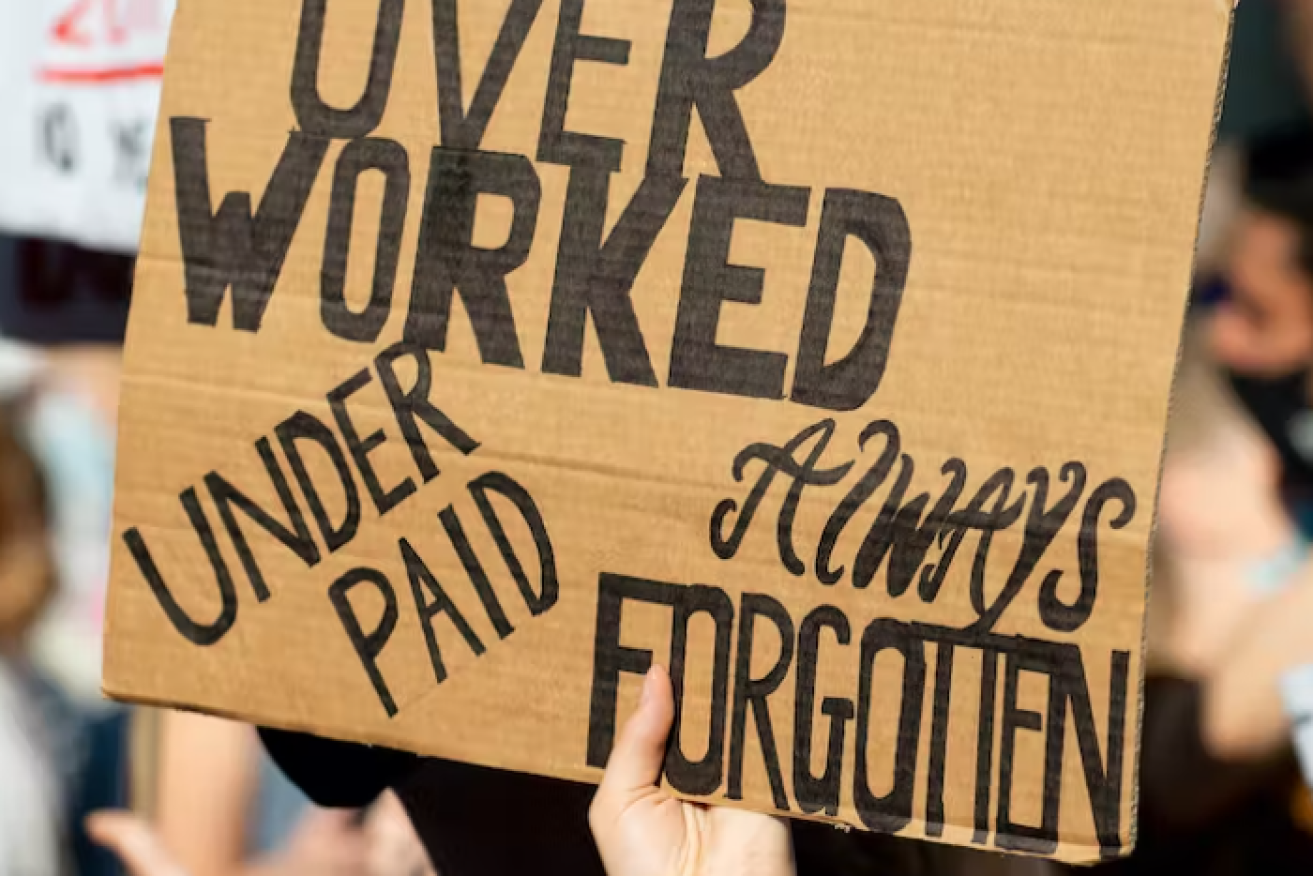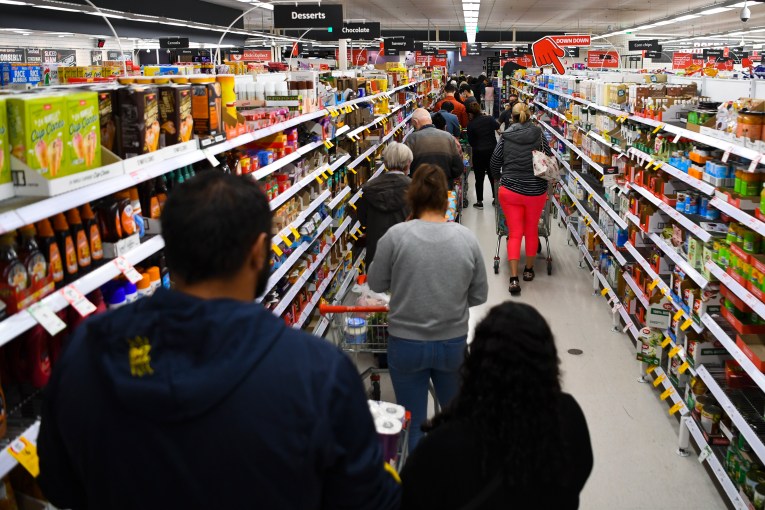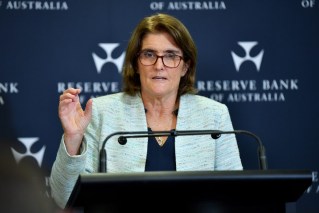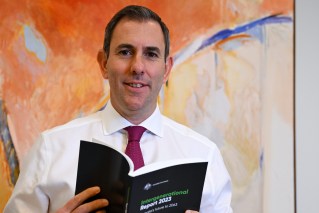Workers getting more pay but inflation leaving them further behind
Queensland wages were growing at 3.7 per cent a year and slightly ahead of NSW and Victoria, but the nation’s wage earners were still well behind inflation of 7 per cent.


Workers were increasingly relestless and demanding more money and better conditions (Pic: The Coversation)
The quarterly increase of 0.8 per cent was not as high as economists expected and was unlikely to cause concern at the Reserve Bank.
It also put the state right in line with the national increase, but several sectors recorded increases above 4 per cent.
The public service recorded its highest quarterly increase in wages in more than a decade and earlier this week federal public servants were granted a 10.5 per cent pay increase over three years.
Private sector wage increases, however, have been higher in recent years and were now sitting at 3.8 per cent compared with 3 per cent for the public sector.
Annual wage growth was the highest in wholesale trade at 4.4 per cent, the biggest increase in a decade. Education and training has the highest quarterly growth at 1.5 per cent and the Australian Bureau of Statistics said that was related to increases in Queensland and NSW.
The biggest annual increase in wages was in the professional, scientific and technical services at 3.9 per cent
Western Australia, with its strong iron ore sector, produced wage growth of 4.4 per cent, which led the nation. Tasmania was just behind it, followed by Queensland and the ACT.
ABS acting head of prices statistic Leigh Merrington said annual wage growth was at its highest level since September quarter 2012 due to low unemployment, a tight labour market and high inflation.
The Commonwealth Bank said total wages (WPI) including bonuses rose by 0.83 per cent to a 12-year high of 3.91 per cent in the March Quarter 2023.
“But real wages (which accounts for inflation) remained deeply negative,” the bank said.
A Commonwealth Bank report released today also found that the cost of living was having a different impact across age groups with renters aged 30 to 34 feeling the biggest hit from inflation.
It found people were saving money in areas of everyday expenditure and prioritising experiences like travel and accommodation. Spending in those two areas was up 39 per cent in the March quarter.
The report also showed older Australians had increased their spending while younger customers were cutting back. Annual spending by those aged over 35 increased by 7.7 per cent, almost double the 3.4 per cent increase in spending by those under 35.
Young people are choosing to go out less, although their average spend on these occasions has increased.











